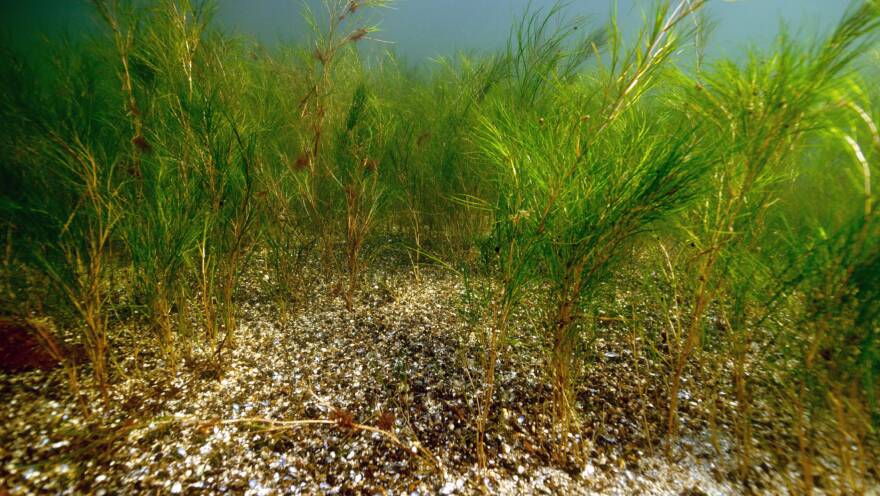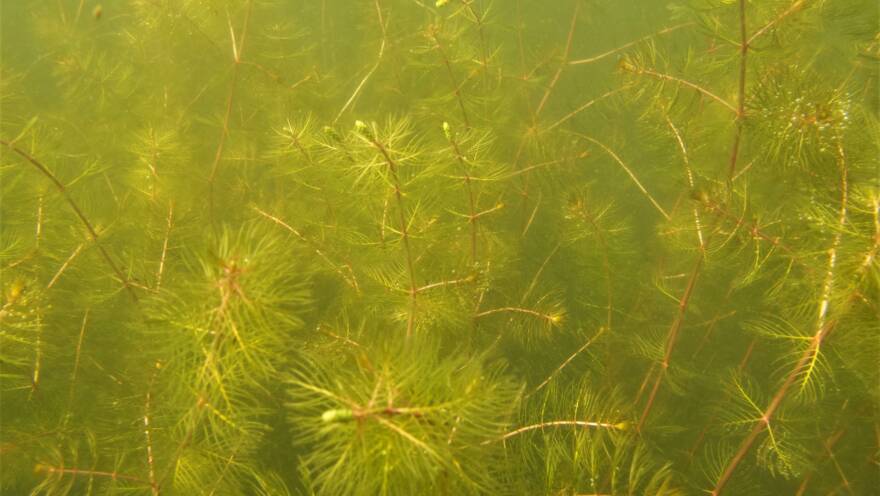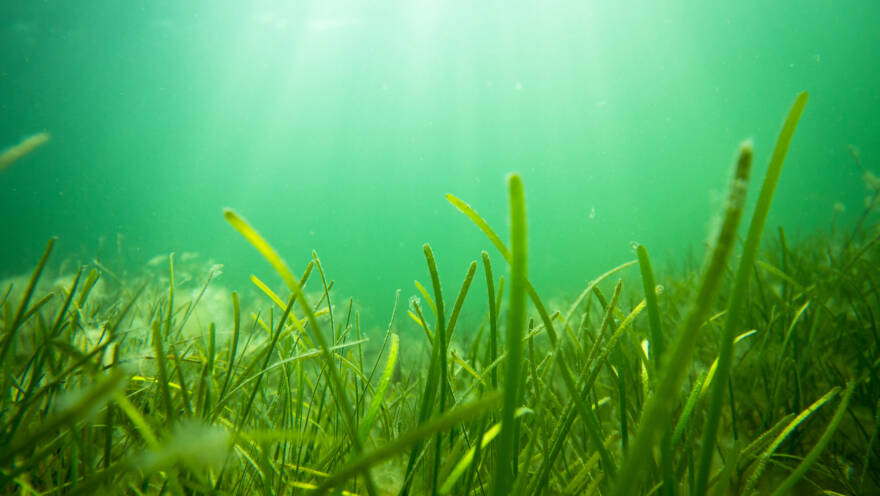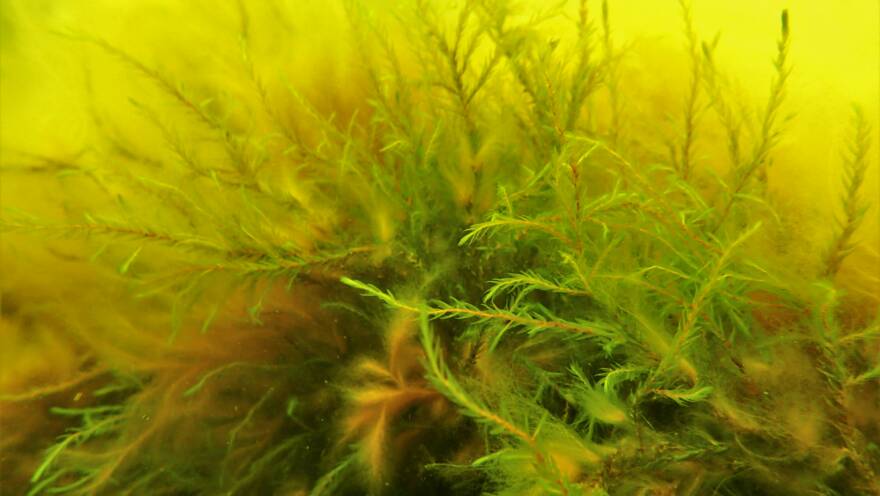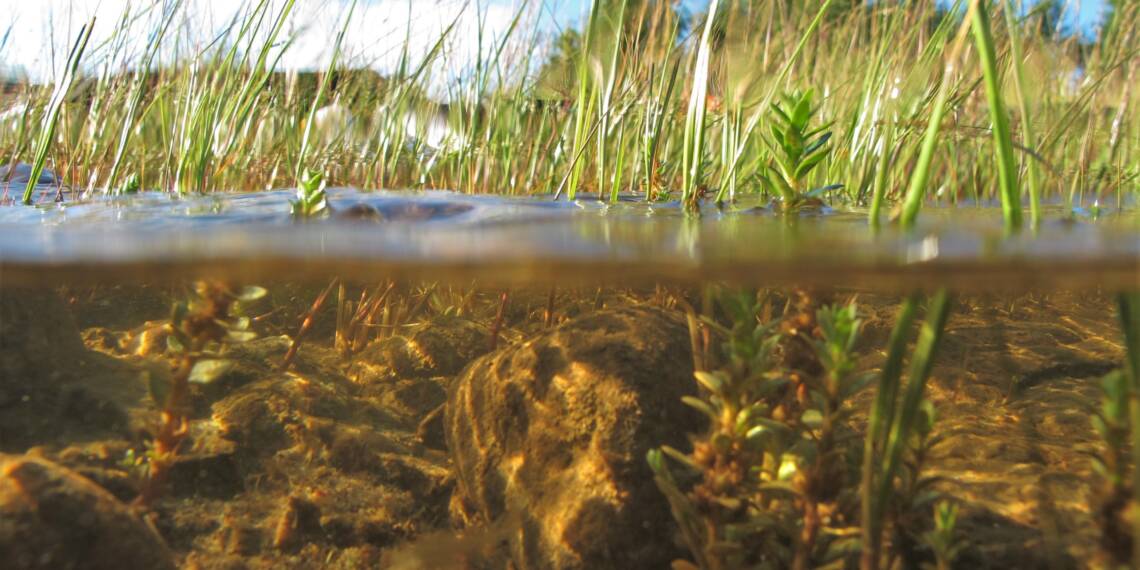
Aquatic plants live in shallow coastal waters
Nearly a hundred plant species grow along the shallow shores of the Baltic Sea. Most of them are vascular plants, but there are also many mosses among them. A distinctive feature of aquatic plants is that they can live and reproduce either entirely or partially underwater.
Plants living in the sea need a suitable substrate, just like terrestrial plants. The seabed offers various substrates, from soft mud to constantly moving sand and rock-hard surfaces. The quality of the seabed affects which plants grow in each location.
Almost equally important is the shelter of the growing site. Do the plants have to withstand waves rolling in from the open sea, or can they enjoy the calm waters of bays?
In addition, the salinity of the water affects the plant species on the shores of the Baltic Sea. Some of the aquatic plants on the Finnish coast are true marine or brackish water species. However, a significant portion are species familiar from lakes, which can only survive in those marine areas where the water is very low in salt, such as river mouths and bay bottoms. These species include many aquatic mosses
Eutrophication reduces the living space of underwater plants
All plants need light to photosynthesize. Under the water surface, light decreases rapidly as you go deeper. In the clear waters of the outer archipelago, you can find eelgrass and some other aquatic plants at depths of up to 6–7 meters. In the murkier waters of bays, the growth depth is at best less than four meters.
Eutrophication clouds the waters of the Baltic Sea. This reduces the living space of underwater plants and favours those plants whose leaves rise to or above the water surface
Plants collect sunlight by many different methods
To get enough light, many aquatic plants grow a long shoot that reaches towards the surface. This works well in water, as the water supports the plant’s stem. This is how plants like pondweeds and watermilfoils, familiar to anglers, grow. Their flexible stems sway in the waves and adapt to changes in the water level.
Another effective way to collect light is a sturdy basal rosette with a lot of leaf mass. This strategy is used by plants like the quillwort(avautuu uuteen ikkunaan, siirryt toiseen palveluun).
Some plants have most of their photosynthesizing leaf surface floating on the water. Familiar European white-(avautuu uuteen ikkunaan, siirryt toiseen palveluun) and yellow water lilies(avautuu uuteen ikkunaan, siirryt toiseen palveluun) belong to these plants. Such floating-leaved plants often have delicate stems but strong rhizomes. When summer arrives, their growth towards the surface is rapid.
Free-floating plants have also found their way from fresh and still waters to sheltered brackish water bays. They float freely on the water surface or in the water column. The most visible free-floating plants are duckweeds(avautuu uuteen ikkunaan, siirryt toiseen palveluun) and hornworts(avautuu uuteen ikkunaan, siirryt toiseen palveluun), which thrives in nutrient-rich waters.
The video requires marketing cookies to be enabled. Please enable cookies to watch it.
Reproduction is also possible underwater
Water imposes its own constraints on plant reproduction, often requiring various creative solutions. The easiest way is to rely on chance – hoping that detached shoots or drifting spores, seeds, and winter buds land in a suitable growing spot and continue their life.
Plants can also grow runners along the bottom and raise new shoots from them. Similarly, rhizomes can spread over larger areas as long as the initial growth is firmly anchored.
Sexual reproduction is riskier. If the flower is on the surface, flying pollinators or the wind can mix the gametes, but success is not always guaranteed.
If access to the surface is not possible, some species can keep their flowers tightly closed and self-pollinate. One of the most ingenious solutions involves forming a gas bubble around the flower for pollination. After successful pollination, seeds begin to develop and eventually release into the water, where currents carry them to new habitats.
Did you know?
In some shallow brackish bays of the Baltic Sea live carnivorous aquatic plants belonging to the plant group known as bladderworts(avautuu uuteen ikkunaan, siirryt toiseen palveluun). Using their bladder-like traps, they lure and capture small zooplankton drifting by in the water column.
Vascular plant species:
- Seagrass (Zostera marina)
- Pondweeds (Stuckenia spp., Potamogeton spp.)
- Water milfoils (Myriophyllum spp.)
- Quillworts (Isoëtes spp.)
- European white water-lily (Nymphaea spp.)
- Yellow water-lily (Nuphar lutea)
- Duckweeds (Lemna spp.)
- Hornwort (Ceratophyllum demersum)
- Bladderworts (Utricularia spp.)
- Spiny naiad (Najas spp.)


